Battle scenes
(2) Oil on canvas, 22 x 29 cm
With frame, 35.5 x 42.5 cm
Published in the volume The battle in 17th and 18th century painting edited by Patrizia Consigli Valente, 1986
The two small canvases depicting two cavalry clashes, published in the volume The battle in 17th and 18th century painting (edited by patrizia Conigli Valente, Banca Emilia, 1986) are attributed to the hand of the painter Francesco Graziani, also known by the name of “Ciccio Graziani” or “Neapolitan Ciccio”. Probably born in Capua, being cited in some inventories also as "Ciccio da Capua", he lived and worked between Rome and Naples around the second half of the 17th century. In truth, there are two Graziani cited in the sources specified as “battaglista”; De Dominici in (1742) wrote briefly about Pietro, saying that he did not know whether he was a relative or son of Ciccio Graziani who left some works in Rome. The two personalities have often been confused and united by modern criticism and the large group of battles ascribed either under the sole name of Peter or Francis; in reality the more lively aspect and the looseness of touch characteristic of eighteenth-century painting allows us to connect some compositions to the younger of the two. The art of Francesco, certainly influenced by Salvator Rosa and not far in the results of Jan de Momper, the writing is curled and broken. The decorative character, taken from the works of Borgognone and Salvator Rosa, is tempered in him by an illustrative sensitivity which still finds an evident point of contact in the canvases of early naturalism. Nonetheless, the drafting in its speed of execution and atmospheric sensitivity, in addition to suggesting their full belonging to the Baroque age, indicates a date of execution that dates back to the 18th century. The general character of the works presents that synthesis of rapid touches and vigorous emphasis attributable to Graziani's catalogue, who composes his scenes with crowded movements where the characters are outlined with a rapid and nervous line, reinvigorated by effective luministic touches. Also characteristic is the color palette set in silvery and grey-blue shades.
There is little biographical information on the painter, Lanzi (1808) remembers among the students of Jacques Courtois, known as Borgognone, a certain Graziani, who could be identified with Francesco. Already in the 1770s Francis had most likely moved to Rome; starting from 1671 he painted a series of canvases (lost) with Stories from the Old and New Testaments, located in the central nave and choir of the Basilica of Ss. Apostles in Rome. Not just battles, in Rome he also discovered himself as a painter of figures as evidenced by an oil canvas with the Sermon of the Baptist in the Cimini chapel in S. Antonio dei Portoghesi, dating back to around 1683, still preserved on site, and another with the penitent Magdalene for the church of S. Cross of Penance (or Stairs) at Lungara, identified with the Crucifixion and s. Mary Magdalene, now in the parish church of Ardea. Despite this, as evidenced by Titi and De Dominici (1743), the artist owes his fame to battle scenes, also much appreciated by important Roman families such as the Barberini; in 1686 the Barberini inventories listed his paintings, hitherto unidentified, of horses, marines and above all battles. Some of his compositions are preserved in some important museums and collections: the two Battles of the Pallavicini Gallery, cited in the inventory as “by Napolitano” and “Gratiani”, those of the Doria Pamphili Gallery, Musée d'art et d'histoire in Geneva and of the Walters Art Gallery. It should be remembered the series of large tempera landscapes preserved in the Doria Pamphili Gallery, once attributed to Gaspard Dughet and now believed to be largely by Crescenzo Onofri, but of which at least three are by Graziani: Landscape with banditry scene, Coastal landscape with a farmer breaking down a fence, Coastal landscape with boat. Luigi Salerno in the catalog of the exhibition on seventeenth-century civilization in Naples assigns him some certain works such as the two battles of the civic museum of Pistoia and the four of the civic museum of Deruta, on the back of one of these there is a note from Pascoli «by Graziani excellent painter».


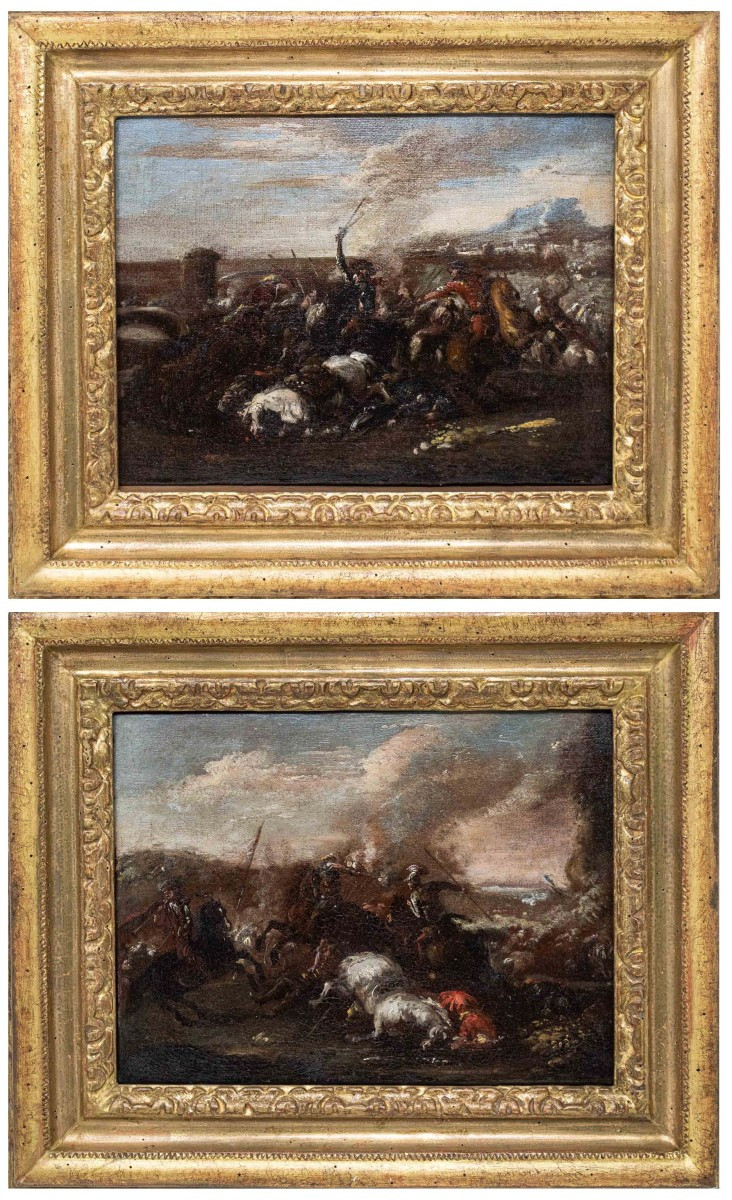

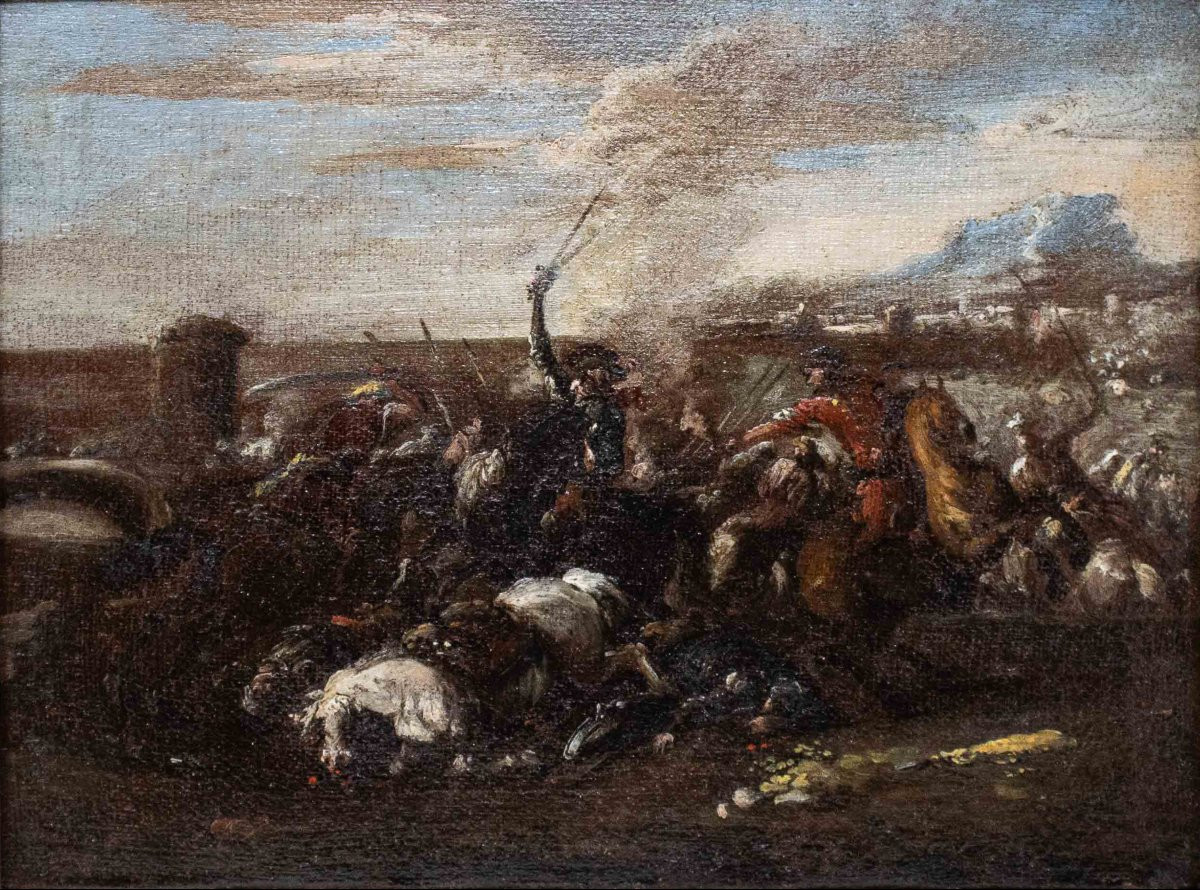


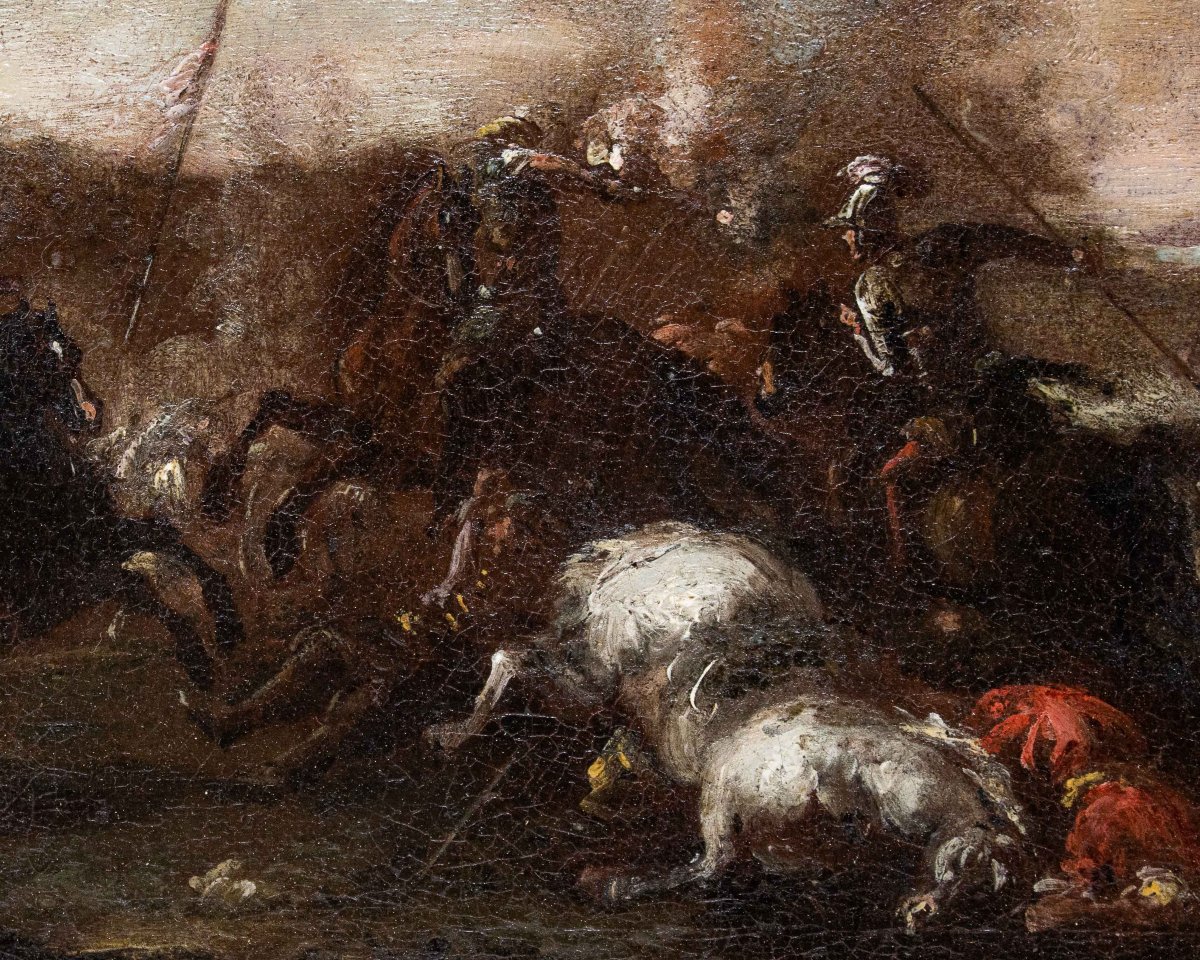

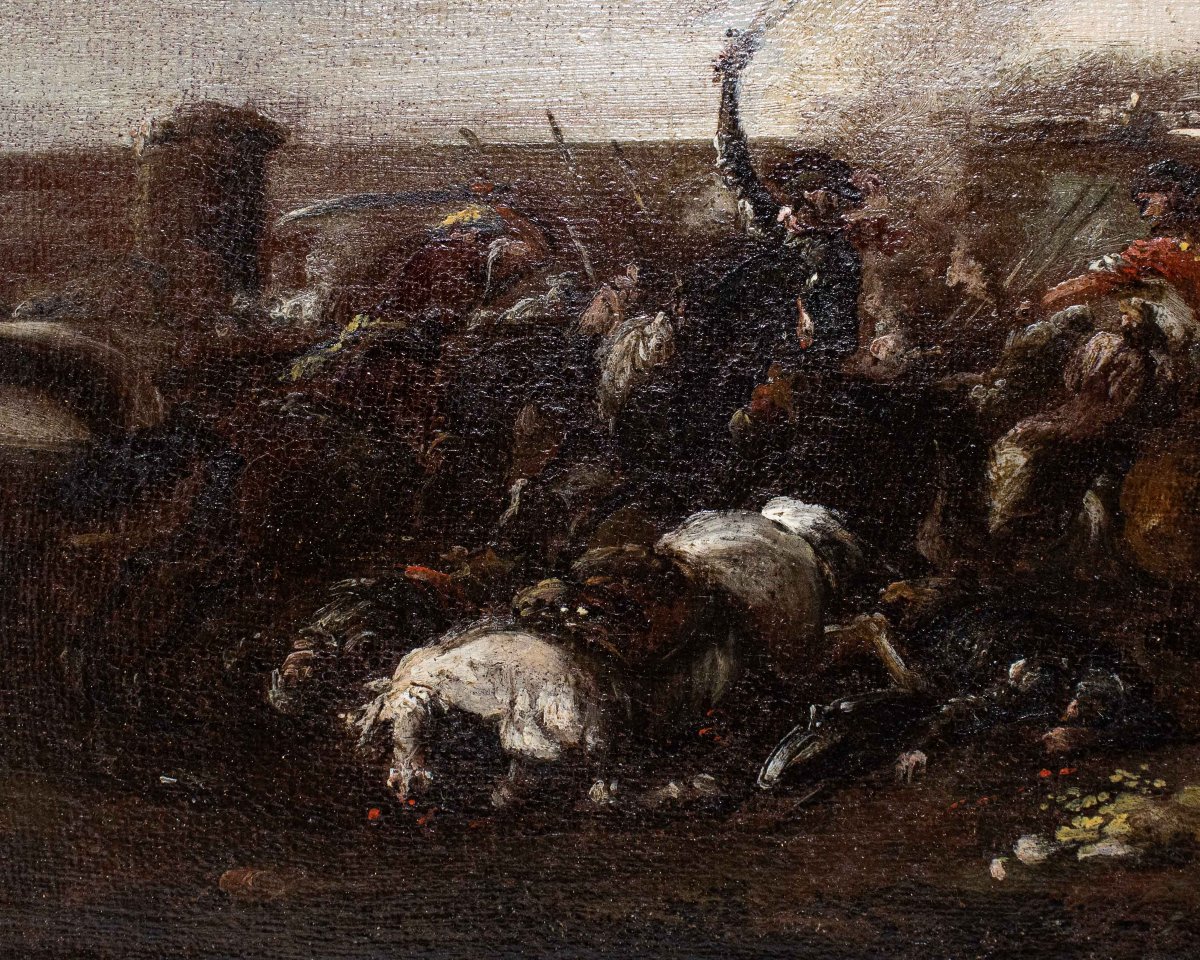



















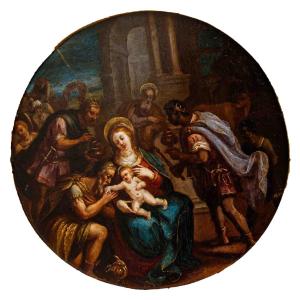







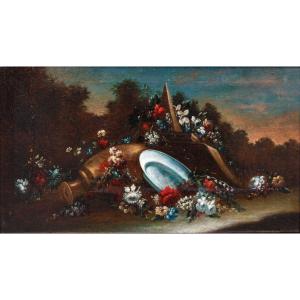




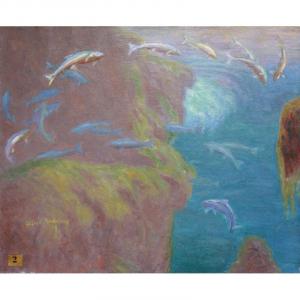





 Le Magazine de PROANTIC
Le Magazine de PROANTIC TRÉSORS Magazine
TRÉSORS Magazine Rivista Artiquariato
Rivista Artiquariato